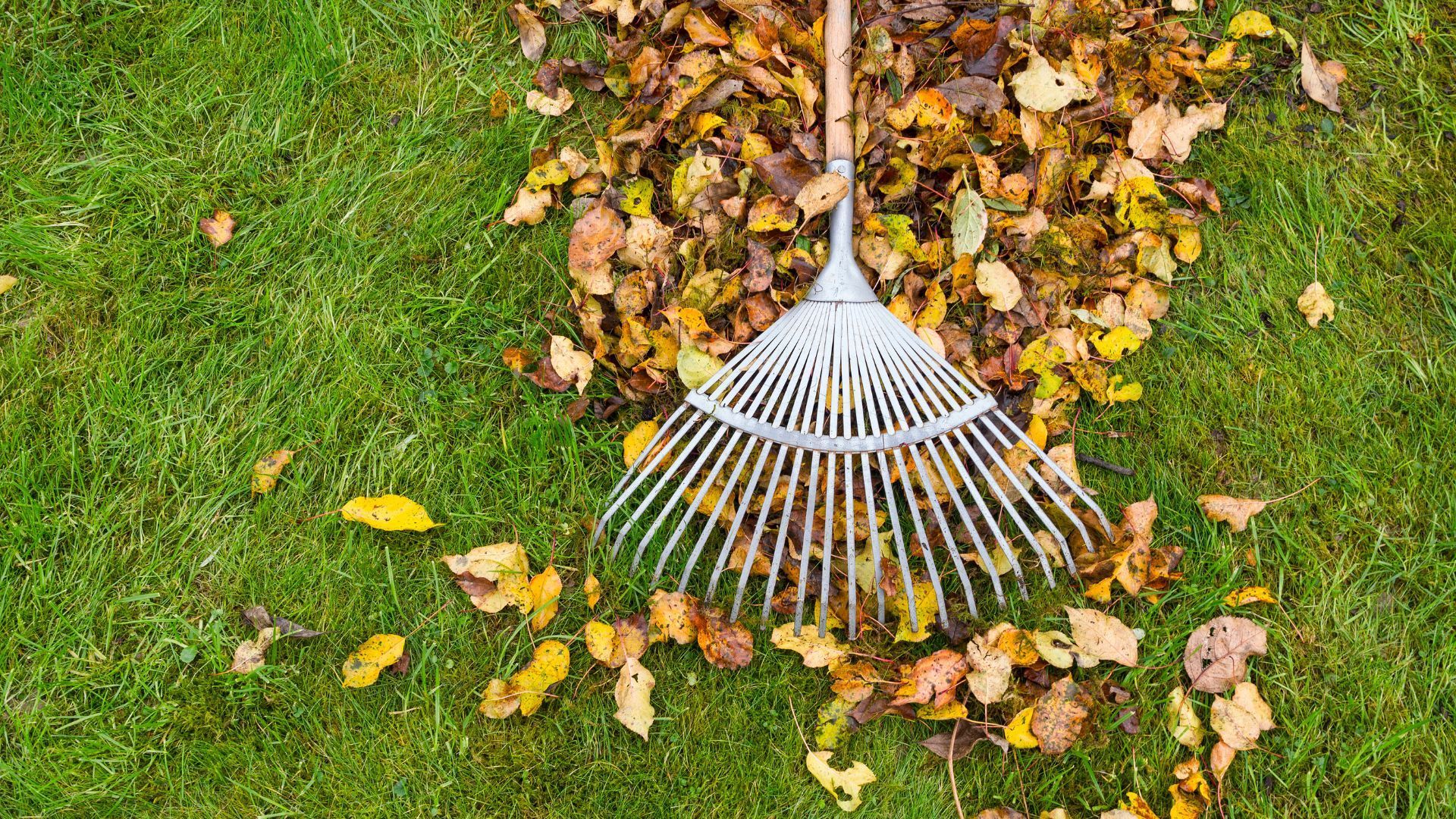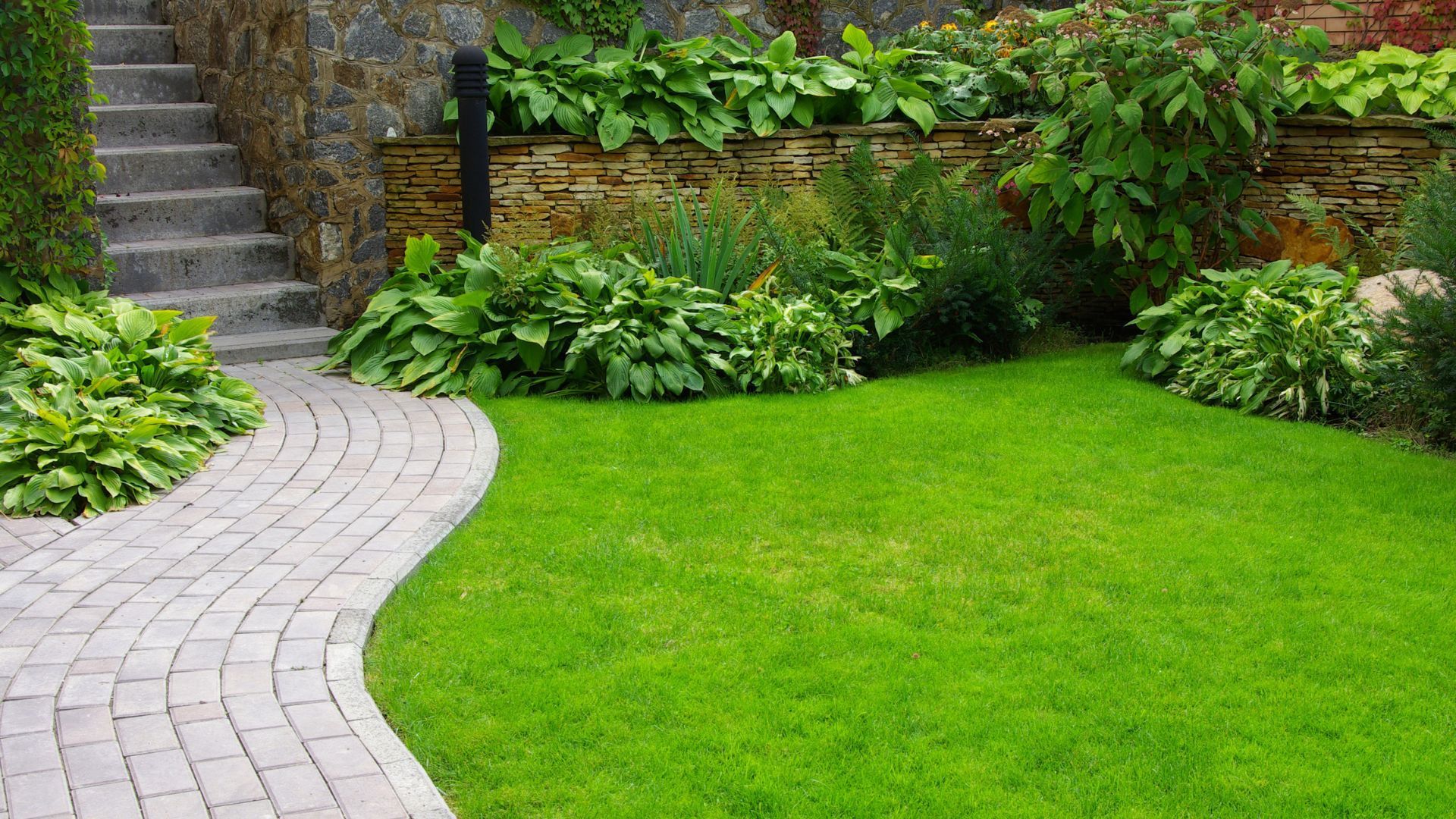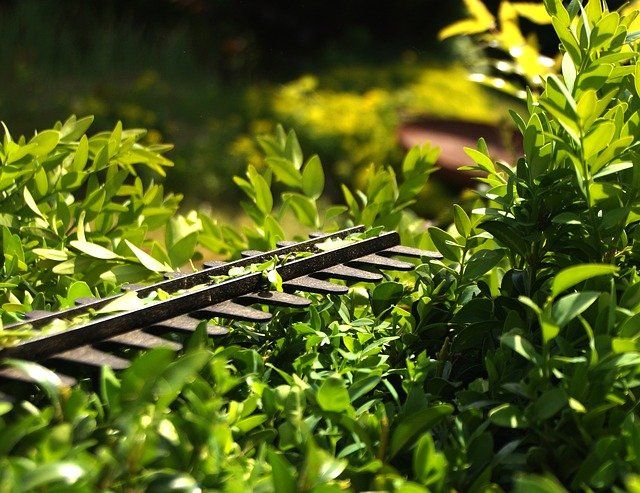How Often Should Hedges Be Trimmed?
How Often Should Hedges Be Trimmed?
Just like other plants, your hedges too need to be trimmed regularly in order to maintain a healthy lush look. However, with a variety of plants forming your hedges, it can be difficult to know the best time, as well as how often to trim them.
For a long time now, this has been a point of concern for many homeowners, and if you are one of them, you need not to worry. We’ve got a lasting solution for you!
This article will reveal to you everything you need to know about hedges, so that when to trim doesn't remain to be a cause for concern for you. Without further ado, let’s dive deep!
When should I trim my hedges?
Trimming your hedges at the right time is very important as it enables you to easily achieve the look you are going for.
However, coming to the question of when to trim your hedges, you are advised to do it any time between spring and summer. This is because during this time, plants tend to grow more vigorously, thereby making it an absolute necessity to tidy your hedges up.
In addition to that, plants like formal hedges need to be trimmed at least twice a year. This helps them grow within the set boundaries, enabling them to maintain a good shape all year long. On the other hand, informal hedges don’t need much work and can be trimmed at least once a year.
How to Trim Hedges
Perfectly trimming a hedge requires you to be quite experienced. If you are not, you are gonna need some professional help. This is because when trimming hedges, there are many factors that need to be considered.
For instance:
- Sunshine
- Moisture
In plants, light and moisture are very critical growth factors. Therefore, to ensure your plants remain healthy and growing, give your hedge a cut that will enable it to get maximum sunshine and moisture.
Formal hedges for example should be tapered, ensuring that they are wider at the bottom and narrow at the top. This exposes your hedge to receive maximum sunshine and moisture, thereby enabling it to grow, flower and even fruit at the right time!
When it comes to
hedge trimming, hedges can be grouped into three different categories. They include:
Upright plants
If upright plants make part of your hedge, ensuring that they grow uniformly with the rest of your plants is critical. Therefore, trim your upright plants during summer, to ensure they grow uniformly with the other categories of plants (deciduous plants and most evergreens)
Stocky deciduous plants
As a rule of thumb, trimming of most deciduous plants should be done during summer. During this time, deciduous plants tend to grow new foliage, making it the perfect time to blend them in with the rest of the plants.
Conifers and most evergreens
Similar to deciduous plants, evergreens too need to be trimmed during summer. This time is ideal as the conditions are just right to ensure your hedge recovers from the cut with thicker healthier foliage.
Tell me the importance of trimming?
By trimming your hedges, your plants stand to benefit in the following ways:
- Trimming your hedges enables them to grow healthier, since all the dead wood and infected parts are able to be removed
- Trimming your hedges enables your plants to fill in well, thereby improving the privacy of your property
- Well trimmed hedges can help improve the value of your property
Knowing the right time to trim your hedges is very important as it helps them grow the right way. Therefore, always ensure that you trim them at the right time for maximum growth and health. Don't hesitate to contact our landscapers if you have any questions!
You might also like



Get A Free Quote!
Contact Us
We will get back to you as soon as possible.
Please try again later.
SERVICE AREA
Contact Us
- Mon - Fri
- -
- Sat - Sun
- -


